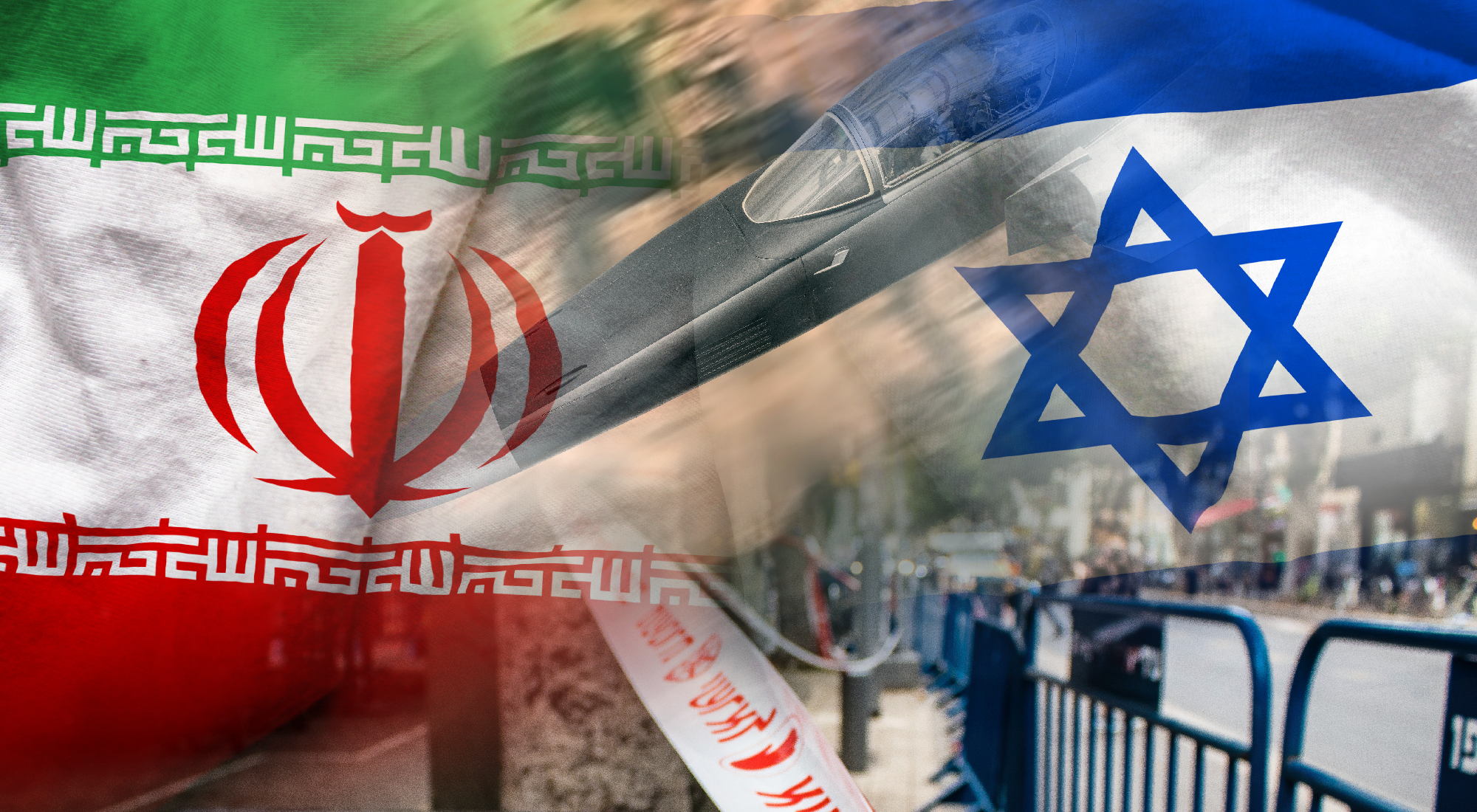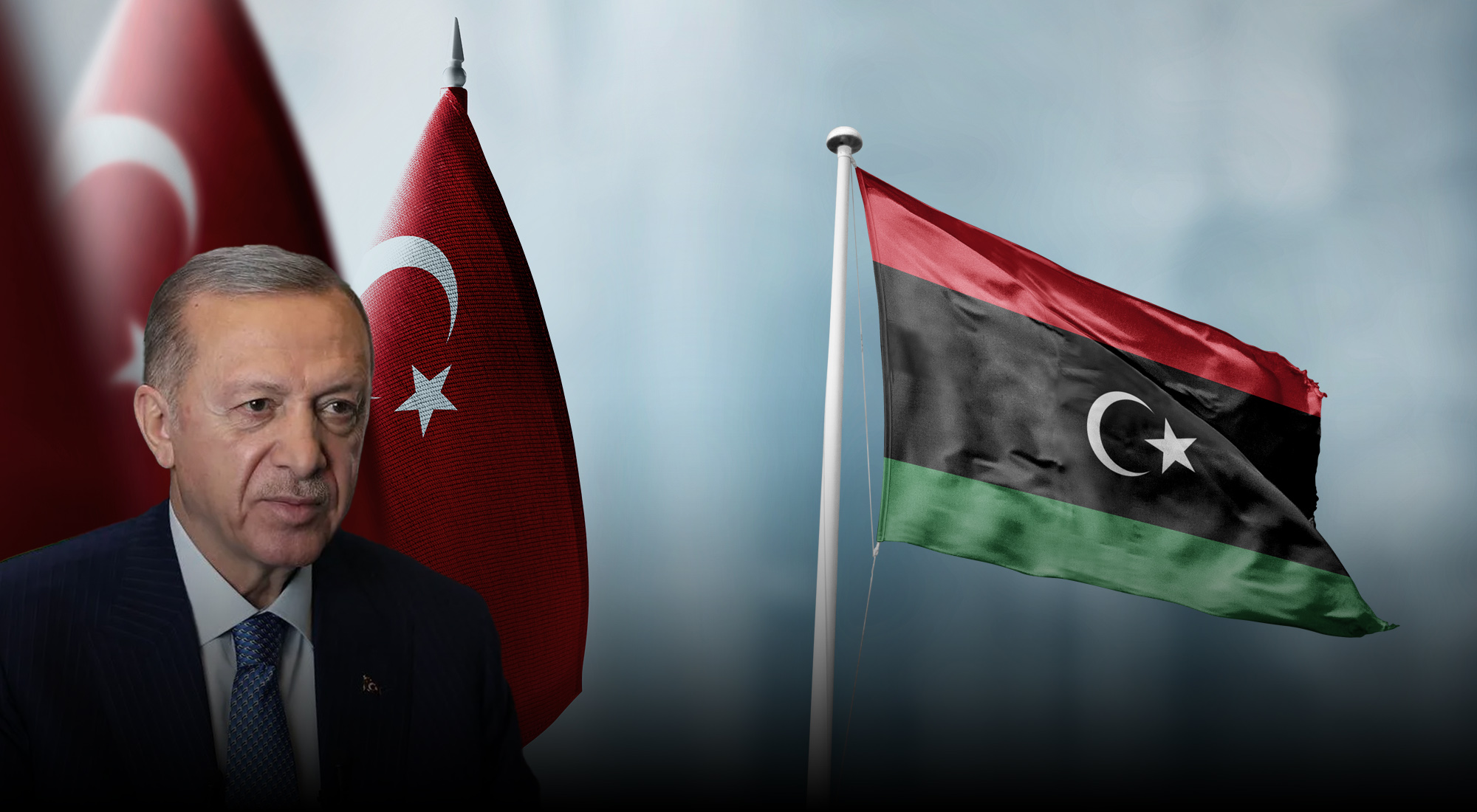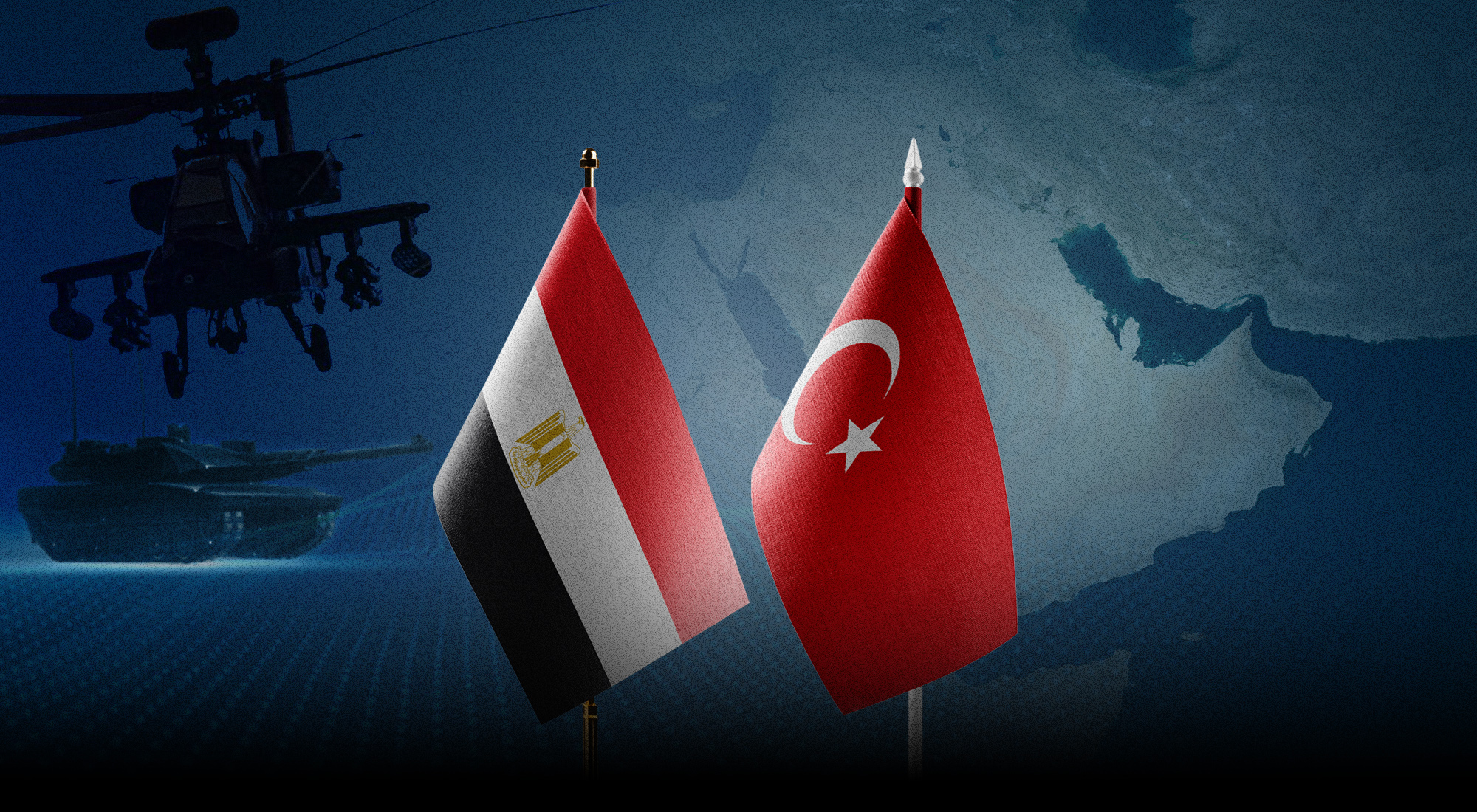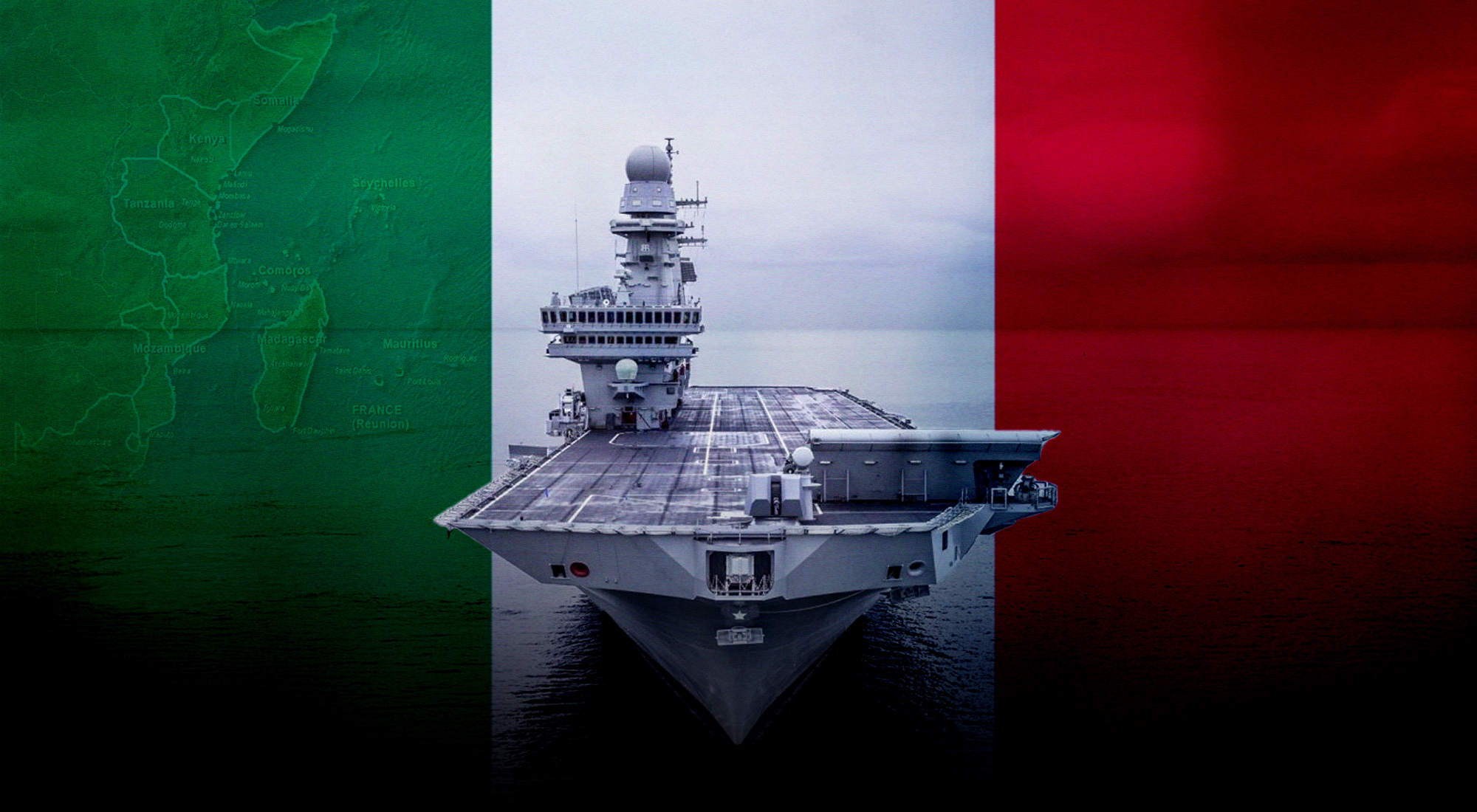As 2023 gets underway, Israel’s defense establishment is preparing to deal with an array of challenging fronts and arenas, which span Iran’s nuclear program, missile and UAV (Unmanned Aerial Vehicle) bases, and regional entrenchment efforts; Hezbollah in Lebanon (an Iranian proxy); and Iran’s presence in Syria, the West Bank, and the Palestinian armed factions of the Gaza Strip. When facing these many arenas, prioritization is a must.
The defense establishment is under the ministerial jurisdiction of newly-appointed Defense Minister Yoav Gallant, former major general of the Israel Defense Forces (IDF) and ex-head of the Southern Command. The IDF itself is under the command of its Chief of Staff Lt. Gen. Herzi Halevi, a seasoned senior officer who also headed the Southern Command, Military Intelligence, and several other important units. While the new Israeli Prime Minister Benjamin Netanyahu is accustomed to working with the Israeli defense establishment, and has a track record in his previous terms of office of often swaying cabinet decisions in a manner that generally aligns with IDF General Staff recommendations on many issues, some of Netanyahu’s more hawkish right-wing coalition partners in the new government – which is barely a month old – may be on course to clashing with recommendations made by the IDF regarding policy towards the Palestinians. This clash has already begun to occur in the form of a telling dispute between Defense Minister Gallant and Finance Minister Bezalel Smotrich, head of the Religious Zionist party, who criticized Gallant for backing an IDF decision to evacuate an illegal settlement outpost in the West Bank.[1]
The cabinet clash was made more acute by the fact that Netanyahu, as part of the coalition agreement to form the new government reached between the ruling Likud party and Smotrich’s Religious Zionism Party, created a new ministerial position in the Defense Ministry for Smotrich, giving him a degree of power – the scope of which is currently not clear – over the IDF Civil Administration. The Civil Administration is responsible for regulating, among other things, Jewish and Palestinian housing construction activities in Area C of the West Bank, where Israel has civilian and military control. Smotrich expressed outrage over what he said was disregard for the coalition agreement after the settlement outpost was dismantled by the IDF, yet Netanyahu publicly backed Gallant in the dispute.[2]
Externally, the IDF’s number one priority is building up Israeli military strike capabilities that could, if necessary, be called upon to target Iran’s nuclear program, and to deal with the likely regional war that would follow with Hezbollah.[3] When viewed together with Tehran’s regional strategy of surrounding Israel with heavily armed proxies and partners, foremost among them being Hezbollah in Lebanon, Iran’s nuclear program is perceived by the Israeli defense establishment as an unprecedented threat. The combination of Iran’s creeping nuclear program, which is approaching nuclear threshold status, together with the enormous arsenal of its primary proxy Hezbollah – estimated to possess some 150,000 projectiles[4] – and Iran’s unceasing attempts to entrench itself in Syria, means it poses a unique conventional and threshold unconventional threat that stretches from Iran’s ballistic missile and UAV bases within Iran itself, all the way to the Israeli border with Lebanon, where Hezbollah maintains a heavily armed presence.
The reported explosive drone strike on Isfahan on January 28,[5] which targeted a missile and UAV production site, as well as the reported back-to-back air strikes on convoys of weapons trucks moving from Iraq to Syria on January 29-30,[6] could all be part of Israel’s current strategy for dealing with Iran’s attempt to build up offensive firepower, by engaging in a low-profile campaign to disrupt this force build-up.
On the one hand, an Iran armed with atomic bombs would likely extend a nuclear umbrella over its axis members – Hezbollah, Shi’ite militias in Syria and Iraq, Hamas and the Palestinian Islamic Jihad in Gaza. This could mean a nuclear Iran boldly pursuing nuclear brinkmanship and threatening to support its proxies and allies militarily in the event of future conflicts with Israel. Israel is determined to avoid this scenario. On the other hand, a nuclear Iran would also likely spark a nuclear arms race with Sunni Arab states threatened by the Islamic Republic’s hegemonic regional ambitions, such as Egypt, Turkey, and Saudi Arabia. The result would be a deeply unstable Middle East armed with some of humanity’s most destructive weapons.
These processes could begin to emerge even if Iran remains in the ambiguous nuclear threshold category of being a state that has not yet formally assembled nuclear warheads or placed them on missiles, but which has created all of the capabilities needed to do so in a short period of time.[7] Diplomatic attempts led by the U.S to revive the 2015 nuclear deal appear to have hit a dead end, due to a combination of failed talks, Iran’s repression of internal demonstrations for greater freedoms, and its decision to supply Russia with suicide drones for use against Ukraine, with the latter development sinking European and American enthusiasm to revive the deal.[8]
International Atomic Energy Agency chief Rafael Grossi stated in late January that Iran is certainly moving ahead steadily in its nuclear program, noting that it has enriched sufficient amounts of uranium for several nuclear bombs.[9] According to Israeli intelligence assessments, it will take Iran a further two years to develop the ability to detonate a uranium bomb and to learn how to place it on a missile warhead.[10] In December 2022, in one of his last public speeches as defense minister, Benny Gantz told Israeli Air Force cadets: “In two or three years, you may be traversing the skies eastward and taking part in an attack on nuclear sites in Iran.”[11]
In light of the above, the Israeli defense establishment, and the newly-appointed IDF Chief of Staff Herzi Halevi (who officially took up his position on January 16), will be prioritizing the IDF’s long-range strike capabilities and preparing military capabilities to deal with Hezbollah in Lebanon as part of the likely fallout from a potential future Israeli strike wave on Iran.
The crux of these preparations is taking place within the Israeli Air Force, which must prepare operational plans, intelligence, refueling capabilities, munitions, air defenses, and its squadrons for what would be an extremely challenging operation – and one that would be a whole lot different from any familiar air operation, like engaging Hamas targets in Gaza or even Hezbollah in Lebanon. Still, the same marriage of precise intelligence and the ability to deploy large numbers of precise munitions towards targets underpins all of the Israeli Air Force’s combat plans.
The IDF’s ground forces, meanwhile, must be ready for a rapid ground offensive into Lebanon in order to extinguish the mass rocket and missile fire that Hezbollah could rain down on Israeli cities in the event of a strike on Iran.[12]
The 2006 Second Lebanon War taught the IDF to avoid thinking of Hezbollah as a mere guerilla-terrorist force, and to view it as a hierarchical, well-trained army with a developed combat doctrine for asymmetrical urban warfare in Lebanon and for raining down firepower on the Israeli home front. Hezbollah’s years of experience in Syria’s battlefields has only further amplified this trend – it has gained experience in seizing territory and has improved its command and control capabilities.
In light of these developing potential challenges, it seems reasonable to assume that the Israeli defense establishment seeks to avoid, where possible, an escalation in the Palestinian arenas of the West Bank and Gaza. Israeli ground forces (in the form of tens of back-up battalions) sent to the West Bank to deal with an escalation, or to Gaza due to a possible conflict with Hamas and the Palestinian Islamic Jihad, would be taken off readiness and training programs designed to boost Israeli readiness for Hezbollah in Lebanon.
And yet, despite the clear wish by Israel’s defense establishment to avoid an escalation with the Palestinians, and to focus attention and resources on Iran while preparing for Hezbollah, being pulled into a new escalation with the Palestinians could well be on the cards in the coming months. The West Bank and East Jerusalem have seen growing levels of clashes between Palestinian gunmen and Israeli security forces in recent weeks, and a spike in terror attacks on Israeli civilians. In the West Bank, the Palestinian Authority’s control over cities like Jenin and Nablus is very much in doubt, enabling terrorist factions that oppose the Palestinian Authority – particularly the Palestinian Islamic Jihad – and localized groups of gunmen to enter into a power vacuum.
On January 26, the IDF launched a daytime security raid in Jenin, in response to what it described as urgent intelligence provided by the Israeli Shin Bet domestic intelligence agency, regarding a large-scale terrorism plot planned for the immediate future by Palestinian Islamic Jihad. Eight gunmen and a Palestinian civilian were killed in the intense exchanges of fire with Israeli forces that occurred during the raid.[13] That same night, a Gazan faction, likely Palestinian Islamic Jihad, fired several rockets from Gaza into Israel, triggering retaliatory Israeli Air Force strikes against Hamas underground rocket manufacturing sites and military bases.[14] Israel holds Hamas accountable for attacks that originate from the Strip, due to Hamas’ position as the entity that runs the Strip.
Until this development, the Gaza Strip, under the rule of Hamas, was largely quiet in the preceding months. Hamas had its reasons for wanting to preserve this quiet: it was busy rebuilding its military wing after a bruising conflict with Israel in May 2021, and was encouraging an economic recovery program for the Strip to give Gazan civilians breathing space. The 2021 conflict began when Hamas fired seven rockets at Jerusalem and southern Israel on May 10, amid a spike in tensions between Israel and the Palestinians over the Temple Mount holy site in Jerusalem.[15] Hamas spotted an opportunity to solidify its image on the Palestinian street as the legitimate defender of the Al Aqsa Mosque compound, Islam’s third holiest site, and at the same time, to further erode the legitimacy of its rival, the Fatah-run Palestinian Authority.
The Israeli Air Force launched an air operation in response to the rockets. Hamas and the Palestinian Islamic Jihad launched about 4,400 rockets into Israel during the next 12 days, of which Iron Dome intercepted 90 percent headed for populated areas. The IDF hit 1,500 Hamas and Palestinian Islamic Jihad targets, including launch sites, command and control centers, and weapons storage sites. The IDF bombed many kilometers of Hamas’ underground tunnels as well – tunnels that were designed for military training, movement of operatives, weapons storage, and operations without exposing terror group operatives. The IDF killed over 100 Hamas and Islamic Jihad members, including senior commanders and weapons industry planners.[16] At least 114 of the 236 Palestinians killed in the conflict were members of Hamas and the Palestinian Islamic Jihad.[17]
Since then, a Gaza economy and infrastructure recovery program has seen investment by Qatar, Egyptian construction programs of housing units in Gaza, and Israeli cooperation in the form of allocating work visas for some 17,000 Gazans to work in Israel.
For Hamas, keeping the Strip largely quiet, while using its media and social media influence channels to encourage violence against Israeli targets among Palestinians in the West Bank and East Jerusalem, means it can promote its doctrine of conflict against Israel, and harm its chief domestic rival, the Fatah-run Palestinian Authority, which is weakened by instability and violence in the West Bank. Hamas command centers in Gaza and Lebanon have also been attempting to orchestrate terrorist cells in the West Bank.[18] Hamas has been able to do this without, for the most part, exposing its Gazan base to a new round of conflict. Still, the latest rocket attacks and Israeli retaliation are a reminder of the fact that should violence in the West Bank and Jerusalem continue to escalate, Gaza’s armed factions may find it impossible to prevent the flames from crossing over into Gaza.
At this time, neither Hamas nor Israel is interested in such a war. Hamas and Israel fought four major conflicts since Hamas’ takeover of Gaza and ouster of Fatah in 2007, and Israel’s defense establishment would prefer to avoid a new conflict, in order to invest resources in the higher priorities of Iran and its regional axis.
Despite this reluctance, however, it is important to take into account the fact that Hamas is interested in not only replacing the Palestinian Authority as the leadership of the Palestinians, but also ultimately being part of the Iranian strategy of assaulting Israel and destroying it. The Islamist ideology of Sunni Hamas and Shi’ite Iran converge on this issue and the long-term need to wage war on Israel and replace it with a Palestinian Islamic state in its entirety. Hamas has repeatedly plotted to attack the Palestinian Authority in the West Bank and undermine its rule.[19] More recently, Hamas had hoped to defeat its rival, Fatah, in Palestinian elections, which were cancelled by Abbas in April 2021. The Palestinian Authority routinely conducts arrests of Hamas operatives in the West Bank to suppress threats to its rule.
This is why Hamas and Iran continue to cooperate, and why Iran sends Hamas funds, technical know-how, and rocket-building assistance on an ongoing basis.[20] The Hamas–Iran partnership, therefore, raises the question as to whether despite Israel’s best efforts to prioritize readiness for Iran and Hezbollah, any future collision between Israel and the Iranian axis could also see the Gaza Strip join in a regional conflict as another front. It is a question that will remain without a clear answer at this time.
References
[1] Emmanuel Fabian, “Netanyahu Said to Back Smotrich over Gallant in Dispute over West Bank Authority,” Times of Israel, January 25, 2023, http://bitly.ws/zSDw.
[2] “Illegal West Bank Outpost Evacuated on Gallant’s Orders, in Defiance of Smotrich,” Times of Israel, January 20, 2023, http://bitly.ws/Bx8i.
[3] Yaakov Lappin, “Can Hezbollah’s Loyalty to Iran Be Shaken?” Israel Hayom, December 29, 2021, http://bitly.ws/zSDy.
[4] Shmuel Tzuker, “Israel Can No Longer Ignore Hezbollah’s Force Build-Up,” Miryam Institute, October 3, 2022, http://bitly.ws/Bx73.
[5] Martin Chulov, “Drones Target Iranian Weapons Factor In Central City of Isfahan,” The Guardian, January 29, 2023, http://bitly.ws/Bx7b.
[6] Emanuel Fabian, “Aircraft Said to Strike Convoy of Iranian Militia Trucks on Syria–Iraq Border,” Times of Israel, January 29, 2023, http://bitly.ws/Bx7p.
[7] Amneh Ibraheem and William Alberque, “Iran Approaches the Nuclear Threshold,” International Institute for Strategic Studies, November 10, 2022, http://bitly.ws/xGa9.
[8] Tala Taslimi, “Iran Diplomatic Strategy Hits Wall as Ukraine, Israel Derail Plans,” Nikkei Asia, January 31, 2023, http://bitly.ws/zSDM.
[9] Celine Alkhaldi, “Iran’s Amassed Enough Material for ‘Several Nuclear Weapons,’ Says IAEA Chief,” CNN, January 25, 2023, http://bitly.ws/zSDR.
[10] Yonah Jeremy Bob, “Israel Thinks Iran 2 Years from Being Able to Detonate Nuke,” The Jerusalem Post, November 16, 2022, http://bitly.ws/zSDW.
[11] Dan Williams, “Israeli Minister Sees Possible Attack on Iran ‘in Two or Three Years’,” Reuters, December 28, 2022, http://bitly.ws/zSE3.
[12] Emanuel Fabian, “In Cyprus, IDF Runs Drills for Potential War with Hezbollah, Lebanon Ground Assault,” Times of Israel, June 2, 2022, http://bitly.ws/zSEb.
[13] Emanual Fabian, “9 Palestinians Killed as Gunmen Clash with IDF Soldiers in Jenin,” Times of Israel, January 26, 2023, http://bitly.ws/zSEe.
[14] “IDF Targets Hamas Sites in Gaza in Response to Rocket Fire,” The Jerusalem Post, January 26, 2023, http://bitly.ws/zSEk.
[15] “Rocket Fired at Southern Israel as Palestinians Riot In Gaza, Jerusalem,” Times of Israel, May 8, 2021, http://bitly.ws/Bx7A.
[16] Israel Defense Forces (IDF), “Operation Guardian of the Walls,” June 14, 2021, http://bitly.ws/zSEs.
[17] Meir Amit Intelligence and Terrorism Information Center, An Analysis of the Names of Gazans Killed during Operation Guardian of the Walls Indicates that about Half of Them Were Terrorist Operatives, June 29, 2021, http://bitly.ws/zSEK.
[18] Yaakov Lappin, “’Hamas Terrorist Infrastructure Growing Increasingly Dangerous’,” Israel Hayom, November 28, 2021, http://bitly.ws/zSF6.
[19] Mitch Ginsburg, “Abbas Orders Probe into Hamas Coup Plot Revealed by Israel,” Times of Israel, August 19, 2014, http://bitly.ws/zSF9.
[20] Ido Levy, “How Iran Fuels Hamas Terrorism,” The Washington Institute For Near East Policy, June 1, 2021, http://bitly.ws/zSFd.








